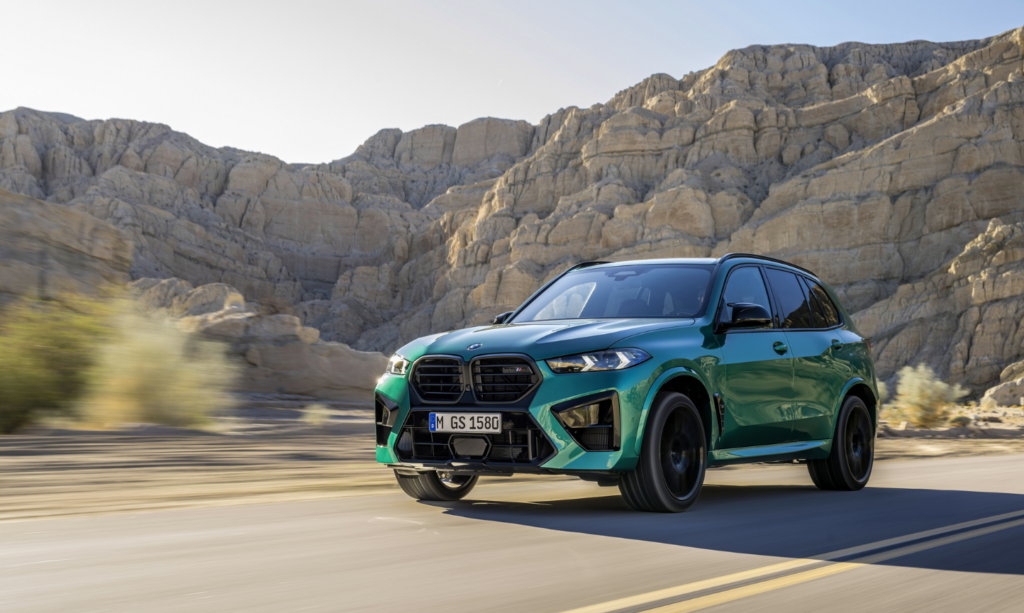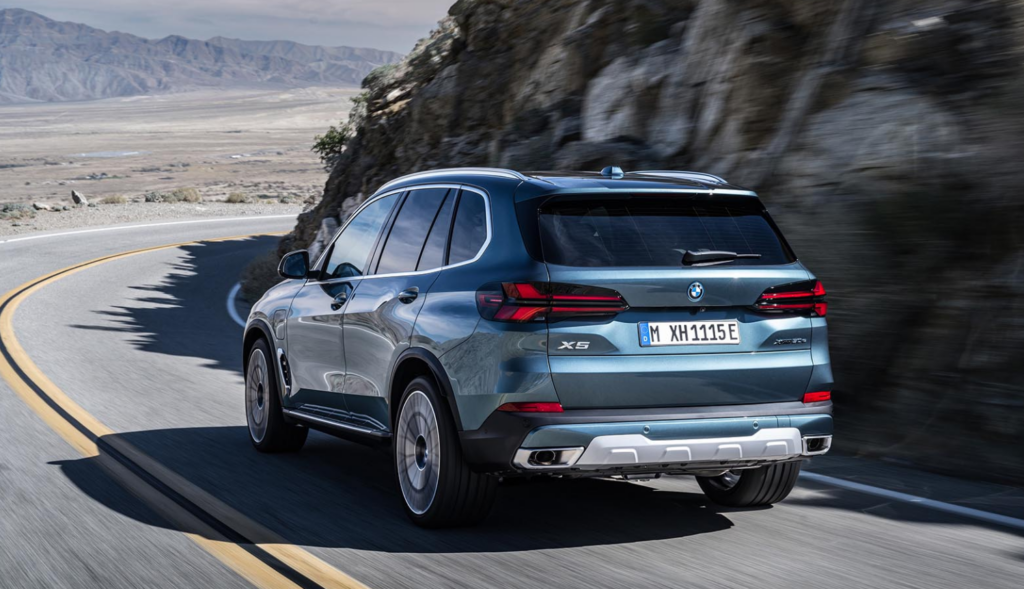
The 2025 BMW X5: Fuel Tank Capacity and Efficiency in a Luxurious SUV
The BMW X5, a perennial favorite in the luxury SUV segment, continues to evolve, offering a blend of performance, technology, and comfort. As we look towards 2025, the X5 is poised to receive significant updates, including potential changes to its fuel tank capacity. While concrete details remain under wraps, we can delve into the factors influencing this aspect and explore the potential implications for owners.
Fuel Tank Capacity: A Balancing Act
Fuel tank capacity is a complex topic, influenced by a multitude of factors, including:
- Vehicle Size and Weight: Larger and heavier vehicles generally require larger fuel tanks to accommodate their greater fuel consumption. The X5, being a substantial SUV, naturally falls into this category.
- Engine Efficiency: More fuel-efficient engines allow for smaller fuel tanks without compromising range. As BMW continues to refine its powertrain technology, we might see a shift towards smaller tanks.
- Driving Range: Fuel tank capacity directly impacts driving range, a crucial factor for many drivers. BMW will aim to strike a balance between efficiency and practicality.
- Design and Packaging: The X5’s design, particularly its interior space and cargo capacity, will influence the available space for a fuel tank.
The 2025 BMW X5: A Glimpse into the Future
While official information regarding the 2025 X5’s fuel tank capacity remains unavailable, we can speculate based on current trends and the evolution of the model:
- Electrification and Hybrid Powertrains: BMW has been aggressively pursuing electrification, offering hybrid and fully electric versions of many models. The X5 is expected to follow this trend, potentially offering a plug-in hybrid or even a fully electric variant. These options would likely feature smaller fuel tanks, as their primary energy source would be electricity.
- Focus on Efficiency: The automotive industry is moving towards greater fuel efficiency and reduced emissions. BMW is likely to prioritize these factors in the 2025 X5, potentially leading to more efficient engines and a smaller fuel tank.
-
Maintaining Range: Despite the potential for smaller fuel tanks, BMW will likely prioritize maintaining a respectable driving range. This could involve using a combination of factors, such as:
- Improved Fuel Economy: Advances in engine technology and aerodynamics will enhance fuel efficiency, allowing for a smaller tank while preserving range.
- Increased Battery Capacity (for Hybrids): Hybrid versions of the X5 will likely feature larger battery packs, extending their electric driving range and reducing reliance on the fuel tank.
- Strategic Placement: BMW engineers might optimize the fuel tank’s placement to maximize space utilization and potentially increase capacity within the existing design.
The Impact of Fuel Tank Capacity on Owners
A smaller fuel tank, if implemented, could have a significant impact on X5 owners:
- Reduced Range: A smaller tank would likely translate to a shorter driving range, requiring more frequent refueling stops. This could be a concern for long-distance travelers or those who frequently drive in remote areas.
- Increased Refueling Costs: More frequent refueling would mean more trips to the gas station, potentially increasing fuel costs over time.
- Potential for Range Anxiety: For those who are not accustomed to frequent refueling, a smaller tank might lead to range anxiety, especially on long trips.
The Other Side of the Coin
While a smaller fuel tank might have some drawbacks, it also offers potential advantages:
- Improved Fuel Efficiency: Smaller fuel tanks contribute to better fuel economy, leading to lower fuel consumption and reduced emissions. This aligns with the industry’s focus on sustainability.
- Increased Cargo Space: Reducing the fuel tank’s size might free up space for additional cargo, enhancing the X5’s practicality.
- Lower Weight: A smaller fuel tank, when filled, would contribute to a lower vehicle weight, potentially improving performance and fuel economy.
Conclusion: A Balancing Act for the Future
The 2025 BMW X5’s fuel tank capacity will likely be a result of a careful balancing act, considering factors like vehicle size, engine technology, driving range, and design. While a smaller tank might offer benefits in terms of efficiency and cargo space, it could also impact range and refueling frequency. Ultimately, the final decision will depend on BMW’s strategy and the evolving needs of the luxury SUV market.
As we approach 2025, it will be interesting to observe how BMW navigates this complex issue and shapes the future of the X5, ensuring its continued success in the ever-evolving automotive landscape.







